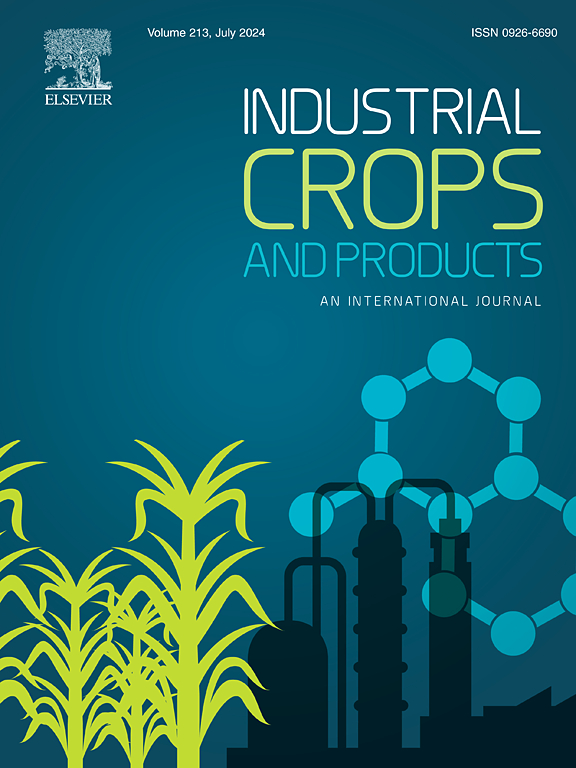Potential of cotton sticks-derived biochar to alleviate Aluminium toxicity in cotton
IF 5.6
1区 农林科学
Q1 AGRICULTURAL ENGINEERING
引用次数: 0
Abstract
Aluminium (Al3+) toxicity is a significant challenge for crops, mostly because of excessive soil acidity resulting from continuous agricultural activity and altered environmental conditions associated with climate change, which liberate metal ions. Biochar, derived from agricultural and other organic waste, can serve as an onsite remediation technique that improves soil quality in regions affected by (heavy) metals. There is a lack of studies in the literature regarding the function of biochar to mitigate negative impacts of aluminium on cotton, so this experiment was conducted to give novel insights to farmers for sustainable cotton productivity. This work aimed to investigate the potential of cotton sticks-derived biochar in mitigating aluminium toxicity in cotton (Var. FH-492). The experiment utilized varying quantities of biochar generated from cotton sticks (0 %, 2 %, 4 %, and 6 % w/w) in conjunction with varied aluminium levels (0, 15, 30, and 45 mg/L), following a completely randomized design (CRD). Findings indicate that AlCl3, at all concentrations, lowered the length and dry weight of shoots and roots, tolerance index, Hill reaction, concentrations of chlorophyll a, chlorophyll b, and dissolved proteins, while increasing root and shoot aluminium levels (up to 720.60 and 80.1 times, respectively), the percentage of cell death (59 %), hydrogen peroxide levels (67.14 %), MDA (malondialdehyde) levels (50.92 %), proline, and dissolved sugars. Flavonoids content and total phenolics content, percentage of DPPH free radical scavenging, and ascorbate peroxidase and catalase activity were also increased in cotton leaves with increased aluminium concentration incorporated into growth media. The inclusion of biochar into the substrate of aluminium-stressed cotton plants reduced the bioavailability of aluminium and thereby the aluminium deposition in cotton roots and shoots (by 69.47 % and 78.24 %, respectively). The findings revealed the efficacy of biochar in diminishing aluminium bioavailability and enhancing aluminium fixing in aluminium-contaminated soils. Biochar proved most effective at a dose of 6 % (w/w).
求助全文
约1分钟内获得全文
求助全文
来源期刊

Industrial Crops and Products
农林科学-农业工程
CiteScore
9.50
自引率
8.50%
发文量
1518
审稿时长
43 days
期刊介绍:
Industrial Crops and Products is an International Journal publishing academic and industrial research on industrial (defined as non-food/non-feed) crops and products. Papers concern both crop-oriented and bio-based materials from crops-oriented research, and should be of interest to an international audience, hypothesis driven, and where comparisons are made statistics performed.
 求助内容:
求助内容: 应助结果提醒方式:
应助结果提醒方式:


